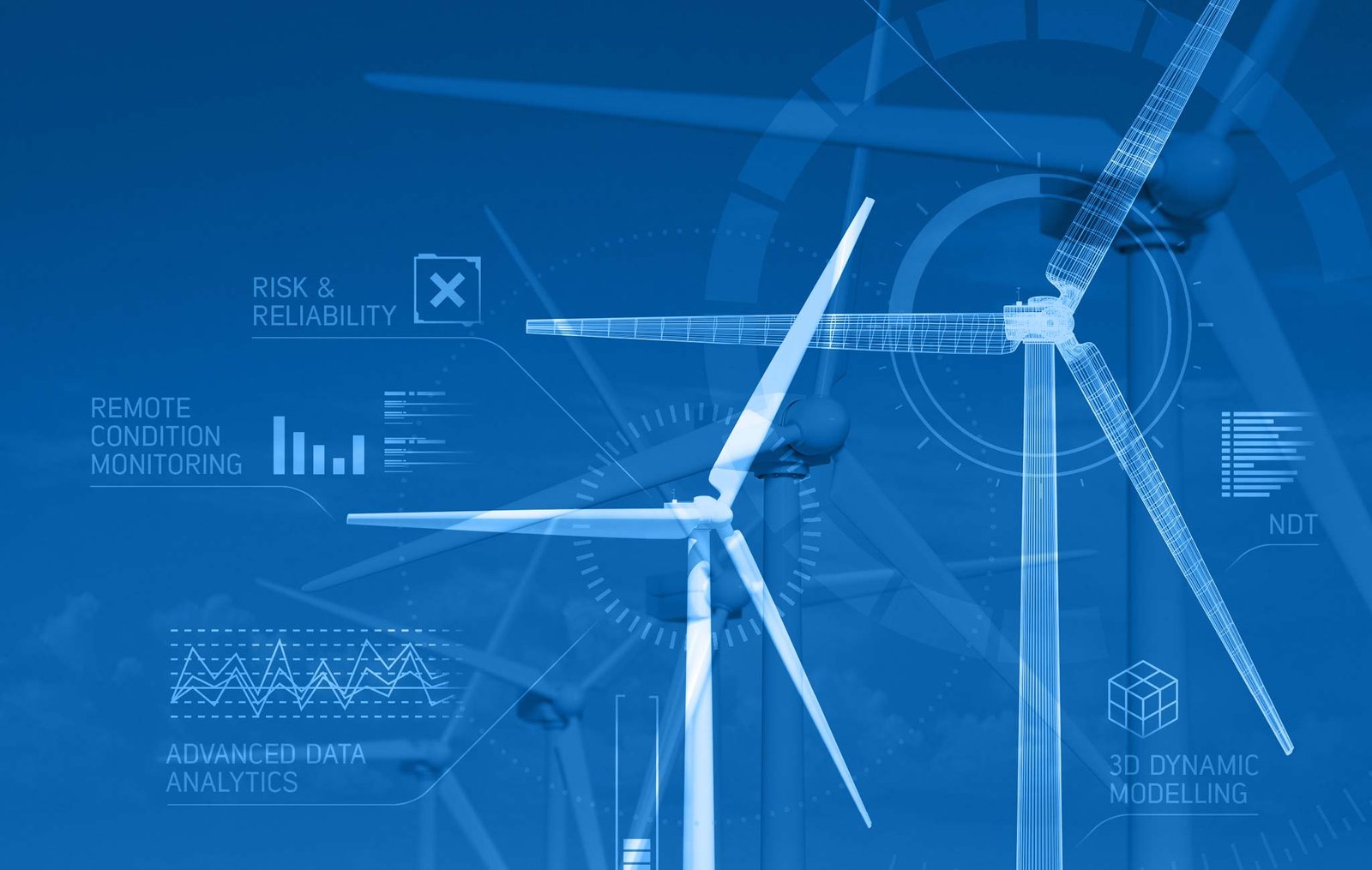
What Is a Digital Twin?
Digital twin is a virtual computer model that mirrors physical objects and their lifecycle. It is outfitted with sensors that capture and continuously update its virtual counterpart with granular, high-quality data.
Like many emerging technologies, Digital twin can feel overwhelming for those not in the know. It’s easy to get caught up in the buzzwords and confusing marketing.
Real-time Visibility
Real-time visibility in logistics and supply chains enables businesses to track and monitor their goods at all times. This means that they are able to keep their customers updated about the status of their order, resulting in increased customer satisfaction and improving productivity. It also helps companies avoid hefty penalties for failing to adhere to the shipping laws.
Visibility technologies use sensors to collect and log data as raw materials and finished goods move through each step of the supply chain, from sourcing to shipping. This data is then uploaded to a cloud-based software program that allows all stakeholders to see and manage it. This allows businesses to identify inefficiencies, streamline their processes and deliver products to customers faster.
In addition to tracking product location, real-time visibility provides insight into the condition of a shipment, such as temperature and humidity. This information can be useful for industries such as pharmaceuticals, food and fashion, as it allows them to monitor the quality of their goods in transit and ensure they are delivered to their customers in good condition.
In addition, real-time visibility enables efficient issue resolution and proactive support, which helps businesses improve customer satisfaction and loyalty. For example, Pixelle, a leading paper and packaging company, experienced a significant reduction in the number of track-and-trace calls from load planners, carriers and customer service teams after adopting real-time visibility technology.
Predictive Maintenance
The rapid digitalization of production facilities has increased the need for intelligent, real-time maintenance and production management. Incorporating predictive analytics technologies into production processes is an effective way to address these needs, allowing you to achieve a more holistic understanding of your equipment’s performance and reduce downtime.
This approach to maintenance uses sensors to track and collect data from equipment in a real-time environment, rather than relying on historical data as a baseline. It then applies advanced data analysis to predict future potential failure patterns and schedule maintenance proactively. This can help you avoid unplanned downtime and save money in the long run.
To implement predictive maintenance, you need a robust monitoring system and a centralized location for collecting and analyzing data. In addition, your maintenance and engineering teams must understand how to use the technology and extract insights. Choosing an intuitive and user-friendly analytics tool can make this process easier.
The main benefit of predictive maintenance is that it can prevent unexpected equipment failures, reducing the need for emergency repairs and increasing plant availability. It can also be used to optimize spare parts handling, improve equipment life cycle and reduce maintenance costs. Moreover, it can help you achieve a higher level of productivity and safety. The data generated by predictive maintenance can help you make informed decisions that support the business goals of your facility.
Integrated Communication
Digital twins can help teams make better decisions across the entire lifecycle of a project, from design and construction to operations and maintenance. This means that everyone involved in the process—contractors, suppliers, investors, owners, and building occupants—can work more efficiently together, improving performance and minimizing uncertainty.
It’s easy to see how this technology can benefit large-scale projects, like building wind turbines, optimizing aircraft engines, and streamlining maritime designs. But digital twin can also be used for smaller projects, including preparing for natural disasters and boosting urban resilience. For example, India’s new capital, Amaravati, is using a virtual twin to manage the permitting process, monitor construction progress, and evaluate design plans for its extreme climate conditions.
Another area where this technology is already making an impact is in sports. Digital twins can be used to track and optimize athletes’ physical conditions, providing them with real-time feedback that enables them to adapt their training regimen on the fly. It’s especially important in competitive events such as skiing and snowboarding, where fractions of a second can be the difference between victory and defeat.
Integrated communication is the process of coordinating and integrating various communications channels to deliver a cohesive message to a target audience. It can be used to increase brand awareness, improve client relationships and boost sales. The main elements of this strategy are identifying different target audiences, centralizing company messages and choosing the most effective communication channels.
Better Decision-Making
In a digital twin, a physical entity’s virtual representation is dynamically updated as data from the real-world enters the model, whether from sensors, clinical assessments, or remote sensing. The data link—often, but not always two-way—allows users to query the virtual representation and communicate actions that will impact the real-world entity (for example, repositioning a sensor on an airplane wing to improve data quality).
Digital twins are often employed during new build projects as teams work together to establish performance goals and desired outcomes. They are then continually used and augmented as operational data is collected and mapped to the model. In this way, a digital twin becomes a key partner throughout the entire lifecycle of an asset, enabling owners to tap into rich data and explore scenarios that will maximize performance and support maintenance efforts over time.
Regardless of the domain, a digital twin strategy can be powerful for boosting visibility and improving decision-making across your business. To achieve maximum value, your digital twin strategy should be motivated by outcomes, tailored to specific use cases, powered by integration, guided by domain knowledge, and implemented in your IT/OT systems. This will ensure that insights are available without end users having to wrangle data and models, and that the digital twin can communicate structured inputs to its real-world counterpart.
